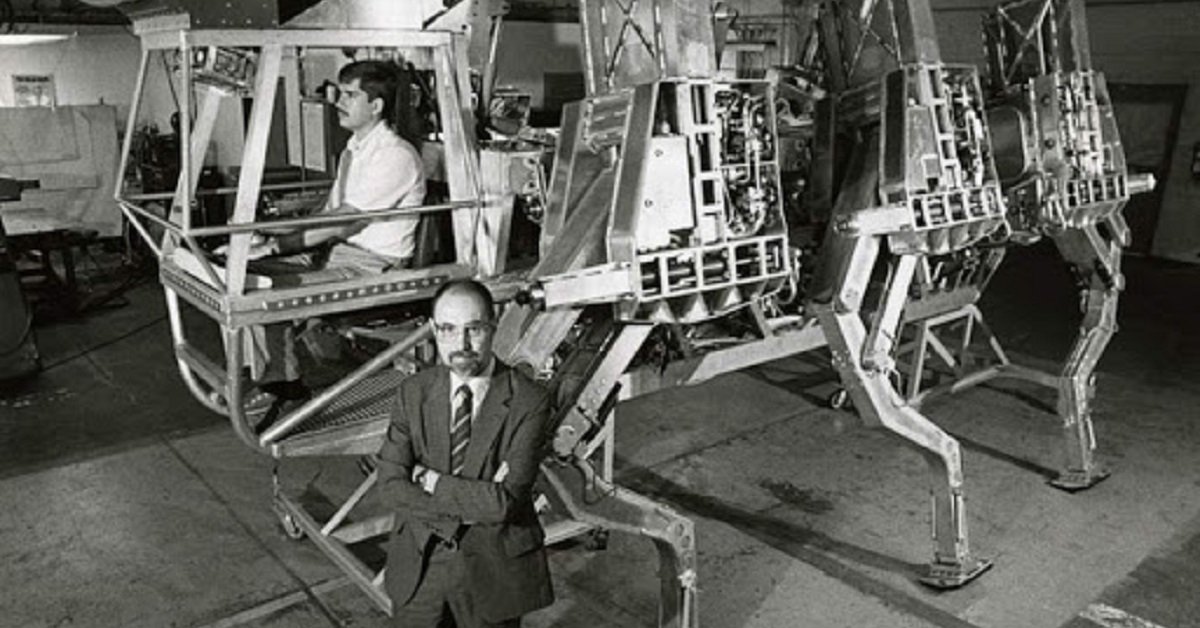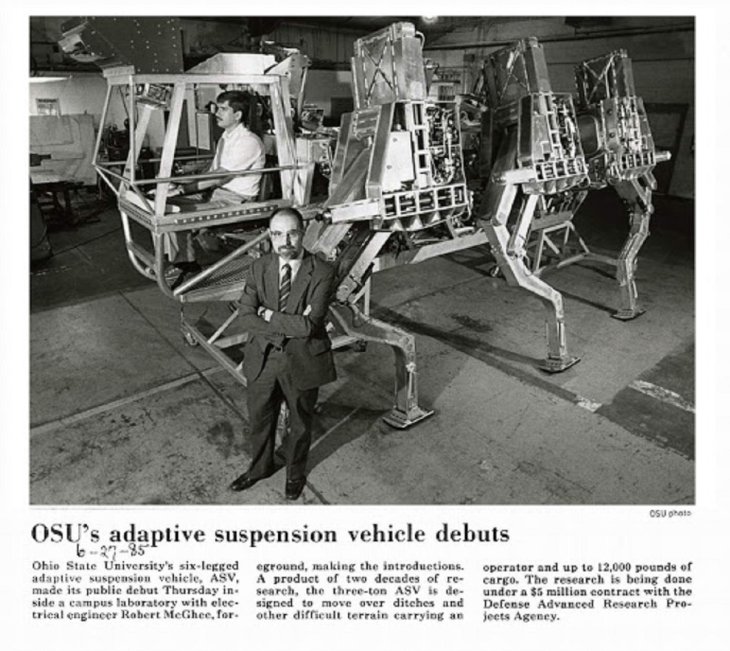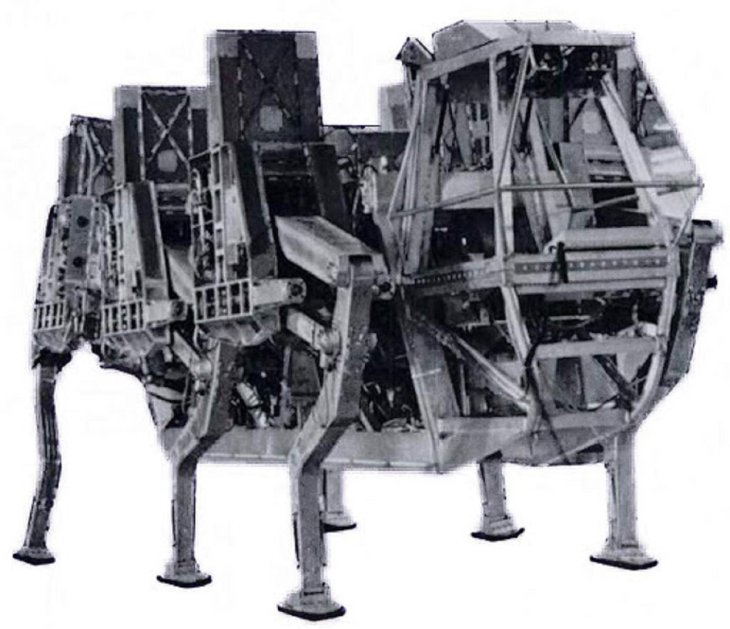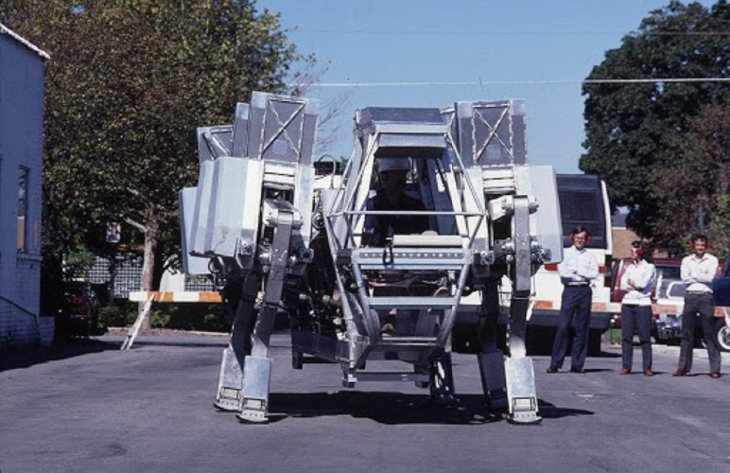The Army Used To Develop A Useless Six-Leg Robot, It's Heavy But Couldn't Carry Payloads
Dhir Acharya - Sep 12, 2020

In the 1980s, the US Army had the idea of creating new technologies to bring the troops capabilities to another level. It didn't turn out as expected.
- Cafe In Tokyo With Robot Waiters Controlled By Disabled Staff
- Best Robot Vacuums In India To Clean Carpets, Wood Floor And Pet Hair
- This AI Defense System Forces Drones To Land Autonomously
In the 1980s, huge hairdos, bright clothing, and synthpop were the dominating trends. But also in these years, the US Army came up with the idea of creating new technologies to bring the troops capabilities to another level.
The US Army developed a huge six-leg hydraulic robot truck that required one person for operation. The robot was named the Adaptive Suspension Vehicle (ASV) with a look like it’s taken from a Star Wars movie.

The Army worked with researchers from Ohio State University and outside contractors to build the vehicle.
At the time, the ASV had an impressive size and automation, but it was too slow and could not carry heavyweight. However, it was still amazing to see that level of robotics and engineering in those years.
The team started working on the project in 1981, which was led by Kenneth Waldron and Robert McGhee from OSU. The vehicle was developed in 9 years.

At the time, they had to use 17 computers from the university to run the giant robot and make sure its operator was not exhausted from operating 6 different legs. The computers handled multiple tasks like choosing the best footing, CRT displays in the cockpit, as well as analyzing the data collected by the robot.
Then, the data was processed by the operating software written in Pascal that created 150,000 lines of source code. The driver chose the direction for the vehicle using a joystick and a keypad. The ultimate goal was to make the robot drive autonomously but they could never do that.
The ASV’s movement was powered by a 900cc motorcycle engine mounted in its center that provided the highest power of 91 horsepower. The vehicle also featured 18 variable displacement pumps driven by a sophisticated operating system.

Overall, the ASV could move at 13 kilometers per hour, but the regular speed was about 6.4 km/h and the ride wasn’t smooth at all.
Interestingly, it had 6 drive modes, namely cruise, terrain following, follow the leader, close maneuvering, precision footing, and utility.
The vehicle was 2,700 kilograms heavy, capable of carrying a payload of 220 kilograms. Other dimensions include 5 meters in length, 2.4 meters in width, and 2.9 meters in height. It could walk over obstacles of 2.1 meters tall and stretch over trenches of 7 meters wide.
The ASV project was discontinued in 1990.
Featured Stories

Features - Jul 01, 2025
What Are The Fastest Passenger Vehicles Ever Created?

Features - Jun 25, 2025
Japan Hydrogen Breakthrough: Scientists Crack the Clean Energy Code with...

ICT News - Jun 25, 2025
AI Intimidation Tactics: CEOs Turn Flawed Technology Into Employee Fear Machine

Review - Jun 25, 2025
Windows 11 Problems: Is Microsoft's "Best" OS Actually Getting Worse?

Features - Jun 22, 2025
Telegram Founder Pavel Durov Plans to Split $14 Billion Fortune Among 106 Children

ICT News - Jun 22, 2025
Neuralink Telepathy Chip Enables Quadriplegic Rob Greiner to Control Games with...

Features - Jun 21, 2025
This Over $100 Bottle Has Nothing But Fresh Air Inside

Features - Jun 18, 2025
Best Mobile VPN Apps for Gaming 2025: Complete Guide

Features - Jun 18, 2025
A Math Formula Tells Us How Long Everything Will Live

Features - Jun 16, 2025
Comments
Sort by Newest | Popular